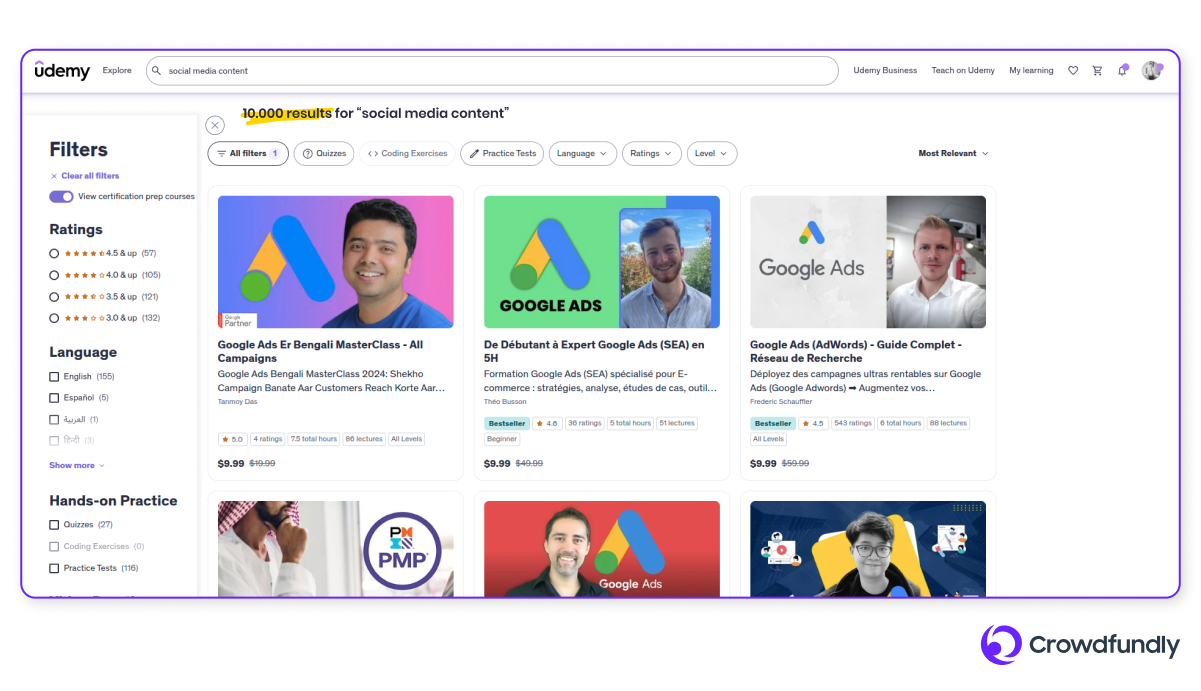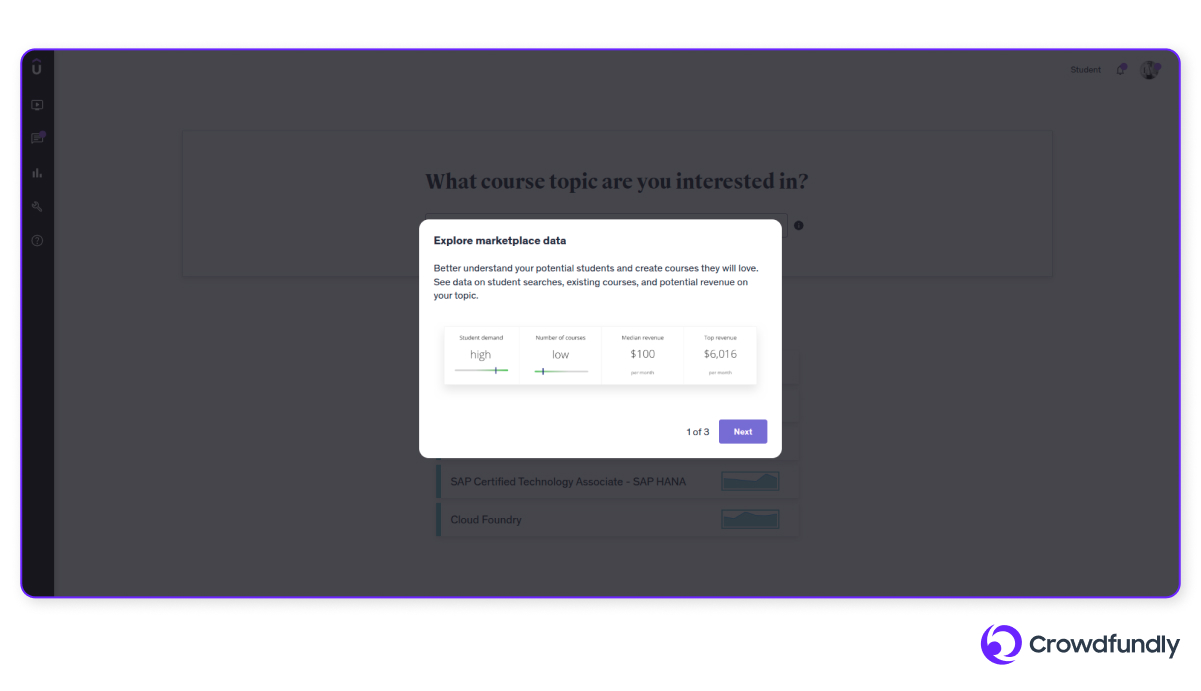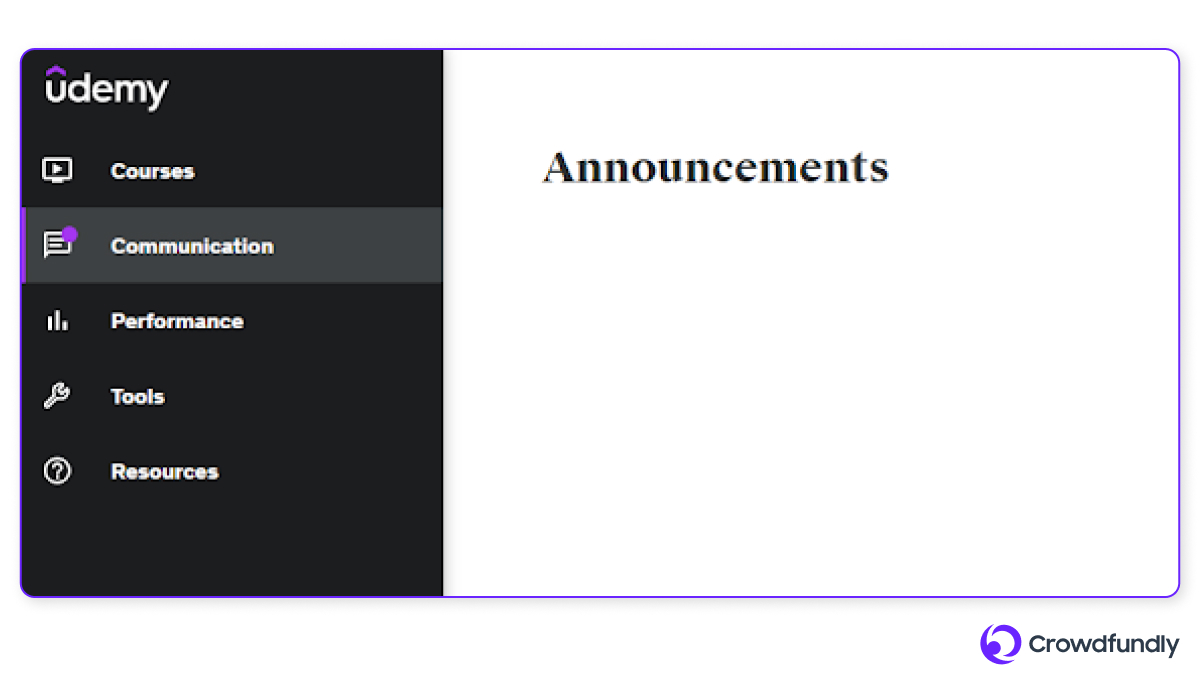Subscribe to our newsletter
Get monthly art tips, expert advice, and creator community insights delivered to your inbox. Subscribe now!
First, set up your instructor account, choose a profitable course topic, and create engaging content. Optimize your course landing page, set an appropriate price, and join Udemy's Deals program to boost visibility. Lastly, promote your course outside of Udemy to attract more students.
You’ve taken wise action by deciding to start selling courses on Udemy. There’s a great opportunity to build a huge audience base from there and start a new, passive income stream.
However, the earnings vary widely; they range from $0 to over $250,000 per year. A few years ago, Udemy's top 10 earners collectively made $17 million, but individual earnings ranged from $500,000 to $8 million, with one instructor earning more than half of that total.
The amount you make depends on things like how many courses you have, the quality of your courses, how engaged students are, pricing, and course ratings.
In this article, you’ll get a complete guide on how to sell course on Udemy. We’ll share some tips and tricks you shouldn’t miss if you want to be a successful instructor on Udemy!
Now, we will get to the heart of our discussion without a delay. Let’s see how you can step into the world of digital selling and generate passive income by learning on Udemy.
To get started as an Udemy instructor, you'll need to first sign up as a student. After that, follow a few easy steps to share your teaching experience with Udemy. Once that’s done, you’re all set to create your course.
Your profile will include a public bio page that introduces you to potential students. Here’s an example for you:

If you ever think that Udemy is the best place to make thousands of dollars every month with random kinds of courses, let me remind you that- it’s not! Your chosen topic must have a demand. So, you have to narrow down your niche and pick a profitable course topic to be successful here.
Without an existing audience or a solid promotion plan, your course might just get lost in the crowd.

That’s not to say it’s impossible, though. It just means you need a clear strategy and realistic expectations before diving in.
Below are some niche ideas for you to pick one of them and do market research on the topics:
You can take advantage of Udemy Marketplace Insights to choose a topic; here’s an example for you-

When it comes to creating a Productivity course on Udemy, you’ll quickly see that Udemy’s recommendations for this topic are spot on, and here’s why.
Productivity is always in demand because everyone wants to work more efficiently. There’s a lot of interest in courses that help people manage their time, set goals, and stay focused.

So, let’s say you have chosen the topic “productivity”. Now, check out the top-performing courses in your niche. Open a few of them in separate tabs and pay close attention to these key areas:
Look at the course structure:
These insights will show you what works well and what could be improved in existing courses. Use this information to design a course that stands out and meets student expectations.
Break down your course into easy-to-follow sections. Start with the basics and gradually build up to more advanced concepts. Try to mix up the types of content you offer. Include videos, quizzes, and downloadable resources to keep things interesting. The more interactive your course is, the more students will enjoy it.
Before submitting your course on Udemy, make sure it fulfills Udemy's course requirement list as follows:
Your course landing page is like the first impression of your course, so make it count. Keep your title clear and concise, and try to use relevant keywords. This will help your course show up in search results and grab attention.

Look at the picture and see how the instructor wrote a short but informative description highlighting what students will learn. Focus on the value and benefits your students get from taking your course.
We encourage you to add a short video introducing your course, as it can boost student interest. Show them what they can expect and why your course is the right choice for them.
Now that you're in Udemy's course builder, it's time to decide how much to charge for your course.
Udemy courses are usually priced lower than other platforms, typically between $11.99 and $200. Before you set your price, check how your competitors are pricing their courses to find a good price for yours.
A popular strategy is to offer your first course for free. This way, you can attract students, get reviews, and grow your audience for future courses.
In your Udemy instructor dashboard, you'll find the Communication section on the left side. This is where you can connect with your students, answer questions, review assignments, and send important announcements.

Before you start sending messages, be sure to check Udemy’s communication rules to ensure you're following their guidelines.
When you're part of the Udemy Deals program, Udemy will promote your courses at a discounted price. Although this may seem low, note that Udemy often tests new prices.
Being part of these promotions helps your course reach more people and perform better over time.
Udemy has a huge audience of over 49 million users. When they promote your course through emails, ads, and social media, many people will check it out. If they like it, they may come back for more in the future.
When you sign up as a premium instructor, you’re automatically part of the Udemy Deals program. If you’re unsure or have accidentally turned it off, you can check your settings under Profile > Payout Settings > Manage Promotional Agreements > Udemy Deals Program.
Without these promotions, you’ll have to rely on your own marketing and organic traffic from Udemy’s search and recommendations.
So, I recommend staying in the Udemy Deals program to get more students and help your course grow.
Use platforms like Facebook, Instagram, Twitter, LinkedIn, and TikTok to promote your course. You can create engaging posts, stories, and videos that highlight the value of your course and direct followers to your Udemy landing page.
Email marketing is another useful way to promote your course outside of Udemy. You can build an email list by offering free resources or a lead magnet. Use your list to share updates about your courses, special promotions, and discounts. This helps keep your audience engaged and encourages repeat purchases.
Another fruitful way is to partner with influencers or bloggers in your niche who have an established audience. They can help promote your course through reviews, affiliate marketing, or mentions on their channels.
If you have other passions along with crafting courses such as developing productivity tools and creating graphic design templates, you can check our article on what are the best digital products to sell.
Yes, there are many websites where you can sell online courses, such as Skillshare, Teachable, Crowdfundly, and so on. Crowdfundly is one of the best platforms to sell any digital course, including online courses. Here's how to sell an online course on Crowdfundly:

It’s free! Yes, you can create and upload courses on Udemy for free, whether they're paid or free. To learn more about how Udemy splits revenue, check out the Instructor Terms.
No, you can never delete your course from Udemy. This goes against their Terms of Use. If your course has enrolled students, you can choose to unpublish it from the marketplace so no new students can enroll. However, deleting it permanently to remove the course from Udemy is not possible.
To improve your course's ranking on Udemy, try to offer high-quality content and promote it yourself. Many top courses are created by instructors with an existing audience, who market the course to them.
This is all about How to Sell Course on Udemy. Hopefully, you’ve got what you were looking for.
Selling a course on Udemy means creating high-quality content, setting a competitive price, and actively promoting your course. Focus on building a strong instructor profile, optimizing your course landing page, and engaging with students.
Get monthly art tips, expert advice, and creator community insights delivered to your inbox. Subscribe now!


Found this content helpful? Get freshly baked tips, expert advice, and the creator's success story delivered to your inbox every month and boost your creative business. Subscribe now!